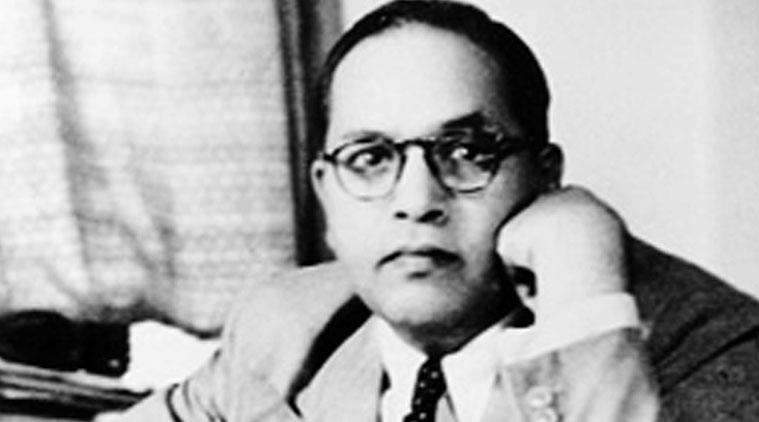When Omar Abdullah announced the revival of the Darbar Move, he justified it as a gesture of justice toward Jammu – an attempt to give the region its due after years of neglect. But symbolism without substance has never transformed societies. If this decision is truly about justice, it must be accompanied by a detailed, time-bound blueprint of governance that answers one simple question: What will the government tangibly achieve for Jammu in these six months that cannot be done from Srinagar digitally?
The return of the Darbar Move in the age of 5G and e-governance reeks of nostalgia for obsolete administration. The digital revolution was meant to dismantle the very inefficiencies this tradition perpetuated. Files no longer need to travel in convoys, and governance no longer needs to migrate with ministers. Yet, Omar Abdullah’s justification attempts to repackage regression as regional balance – a political throwback dressed as justice.
For decades, the Darbar Move symbolized unity – a semi-annual ritual meant to rotate administrative presence between Jammu and Srinagar. But over time, it became a drain on public funds and an inconvenience to governance. The cost of moving files, staff, and logistics runs into crores annually. The people of neither region benefit; the only gainers are bureaucratic inertia and political posturing.
Omar Abdullah’s statement that “Darbar Move ensures justice to Jammu” demands scrutiny. If justice to Jammu means relocating secretaries and staff for six months, then the bar for governance has been set pathetically low. Justice to Jammu would mean jobs, industrial investment, better health infrastructure, empowerment of local bodies, transparent land-use policies, and a fair share in administrative appointments. It would mean a visible presence of governance, not the physical relocation of offices.
The Minimum Expectation
If Omar Abdullah is sincere, he must lay before the public a six-month governance blueprint for Jammu that details concrete outcomes. That blueprint should not be a bureaucratic wish list but a measurable plan with deliverables. Here is what the people of Jammu deserve to hear from him:
- Employment and Industrial Growth:
What industrial corridors will be commissioned between November and May? How many youth will be provided employment through targeted local initiatives rather than temporary job fairs? - Infrastructure and Urban Renewal:
Will the administration tackle Jammu’s chronic issues of traffic chaos, solid waste mismanagement, and housing disarray? Where will the funds come from, and which departments are accountable? - Tourism and Cultural Revival:
What steps will be taken to develop Jammu as a standalone destination, not merely a gateway to Kashmir? Can the government revive Mubarak Mandi, expand pilgrim tourism, and promote Chenab Valley circuits? - Institutional Empowerment:
How will Panchayats, municipalities, and urban local bodies be made functional? What share of decision-making will devolve to the district level? - Transparency and Anti-Corruption Drive:
What mechanisms will ensure that land, contracts, and recruitment are free from favoritism? Can Omar Abdullah pledge an online transparency dashboard for Jammu projects?
Unless these questions are answered with specific actions, the Darbar Move will remain a theatrical gesture – a seasonal migration masquerading as justice.
Where Does Justice Lie – in Reform or Relocation?
The people of Jammu do not seek pity. They seek parity. And parity cannot be achieved through the optics of movement but through structural correction. Real justice lies in decentralization of power, not in dual capital theatrics. The capital status must reflect functionality, not ceremonial tradition. Justice would be devolution, not duplication.
The irony is unmistakable. While the world transitions to paperless governance and real-time public service delivery, Jammu and Kashmir risks becoming the only region still shackled by the colonial rhythm of packing and unpacking files. Digital India has rendered the Darbar Move not just redundant but regressive.
From Rhetoric to Responsibility
If Omar Abdullah wishes to stand out as a statesman and not a traditional politician, he must present his blueprint publicly – department-wise, month-wise, target-wise. Let the people track the progress. Let the bureaucracy be held accountable. Governance cannot be a seasonal display; it must be a continuous act of reform.
A government that claims moral legitimacy through symbolism must prove its moral substance through delivery. The people of Jammu are watching – not the movement of trucks and files, but the movement of ideas and action.
The Darbar Move is not governance; it is a governance costume. Reviving it without a clear blueprint insults both regions – Kashmir, which deserves uninterrupted administration, and Jammu, which deserves genuine empowerment. If Omar Abdullah’s intent is sincere, he must turn sentiment into structure. Let him tell the people of Jammu what their next six months will look like – in employment, in development, in dignity.
If he cannot, then this Darbar Move is nothing but an echo of the past, and ego of his present – a procession of empty boxes that carry everything but vision.





